Maintaining the health of a horse’s hooves is fundamental to its overall well-being. Just as humans need proper foot care to stay active and comfortable, horses require consistent and specialized attention to their hooves.
Importance of Hoof Health Maintenance
Hoof health maintenance is crucial for preventing lameness and other mobility issues in horses. A well-maintained hoof can support the horse’s weight, absorb shock, and provide a proper foundation for its daily activities. Whether a horse is a high-performance athlete or a pasture companion, hoof care should never be overlooked.
Equine Podiatry Essentials
Equine podiatry involves more than just addressing the immediate concerns; it’s about understanding the anatomy, physiology, and biomechanics of the horse’s lower limb. Farriers and veterinarians specializing in equine podiatry provide comprehensive care that includes regular inspections, trimming, and, when necessary, shoeing.
Horse Shoeing Frequency Explained
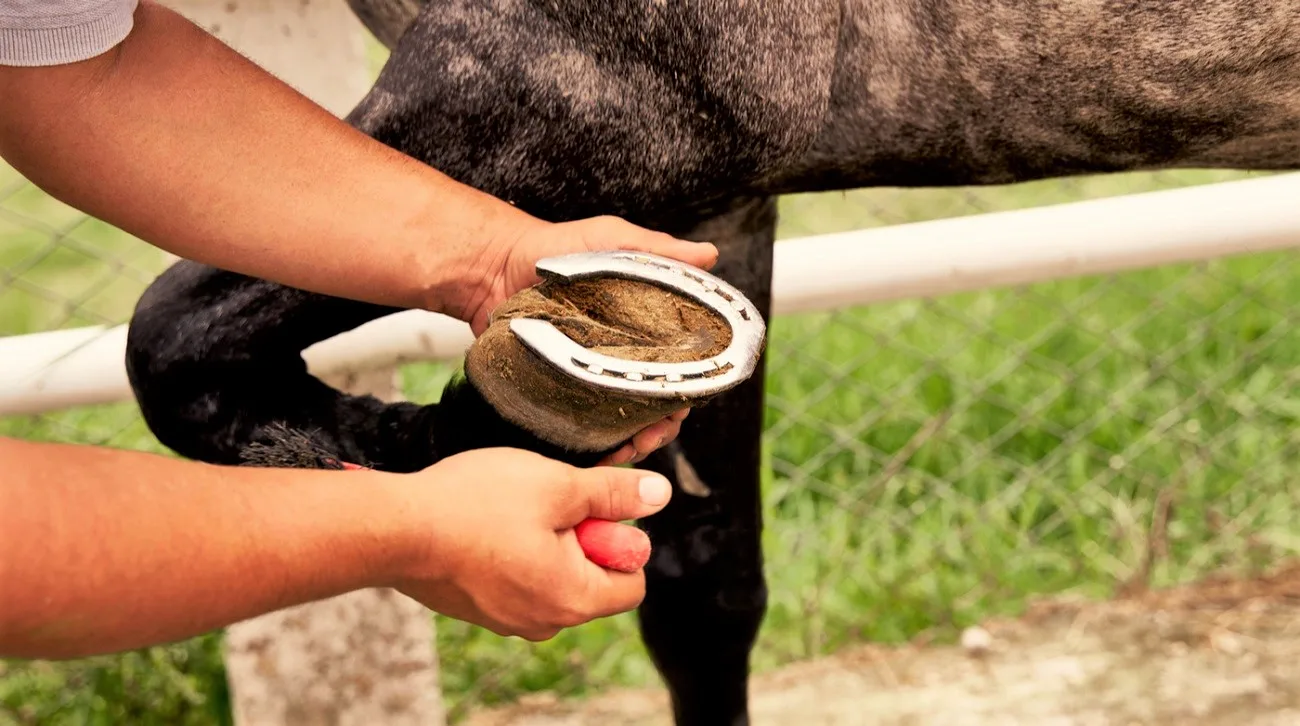
One of the most common questions among horse owners is how often their companions require shoeing. The answer isn’t one-size-fits-all, but rather depends on several factors that influence the horse shoeing frequency.
Shoeing Intervals for Horses
Shoeing intervals for horses typically range between four to eight weeks. However, these intervals can vary based on the horse’s growth rate, the work it performs, and the conditions of its environment.
Farrier Service Schedule
Establishing a farrier service schedule is vital to ensure that a horse’s hooves are cared for properly. Regular visits from a qualified farrier can help maintain the hoof’s structure and function, and prevent problems before they arise.
Benefits of Horseshoes
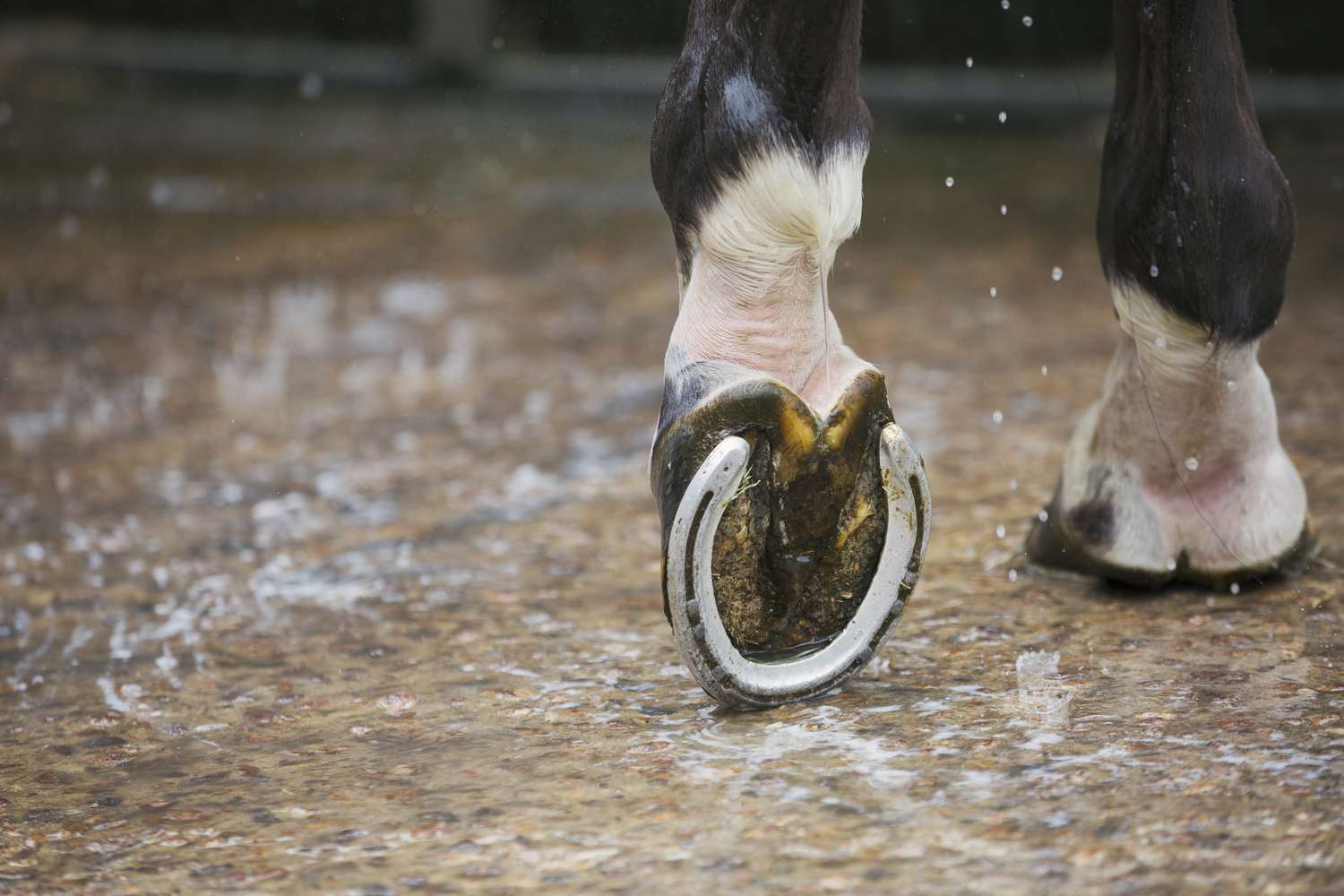
Horseshoes serve several functions, from protecting the horse’s hooves to enhancing its performance in various disciplines.
Protection and Performance Enhancement
The benefits of horseshoes are particularly evident in their ability to shield the hoof from wear and tear and to aid in the horse’s performance. Shoes can prevent the hoof from chipping and splitting, which is essential for horses that regularly walk on hard or rocky terrain.
Improving Traction and Managing Conditions
Horseshoes also help in improving traction on slippery surfaces, which is crucial for working or competition horses. Furthermore, horseshoes can be therapeutic, helping to manage and treat hoof-related conditions.
Recognizing When a Horse Needs Shoeing
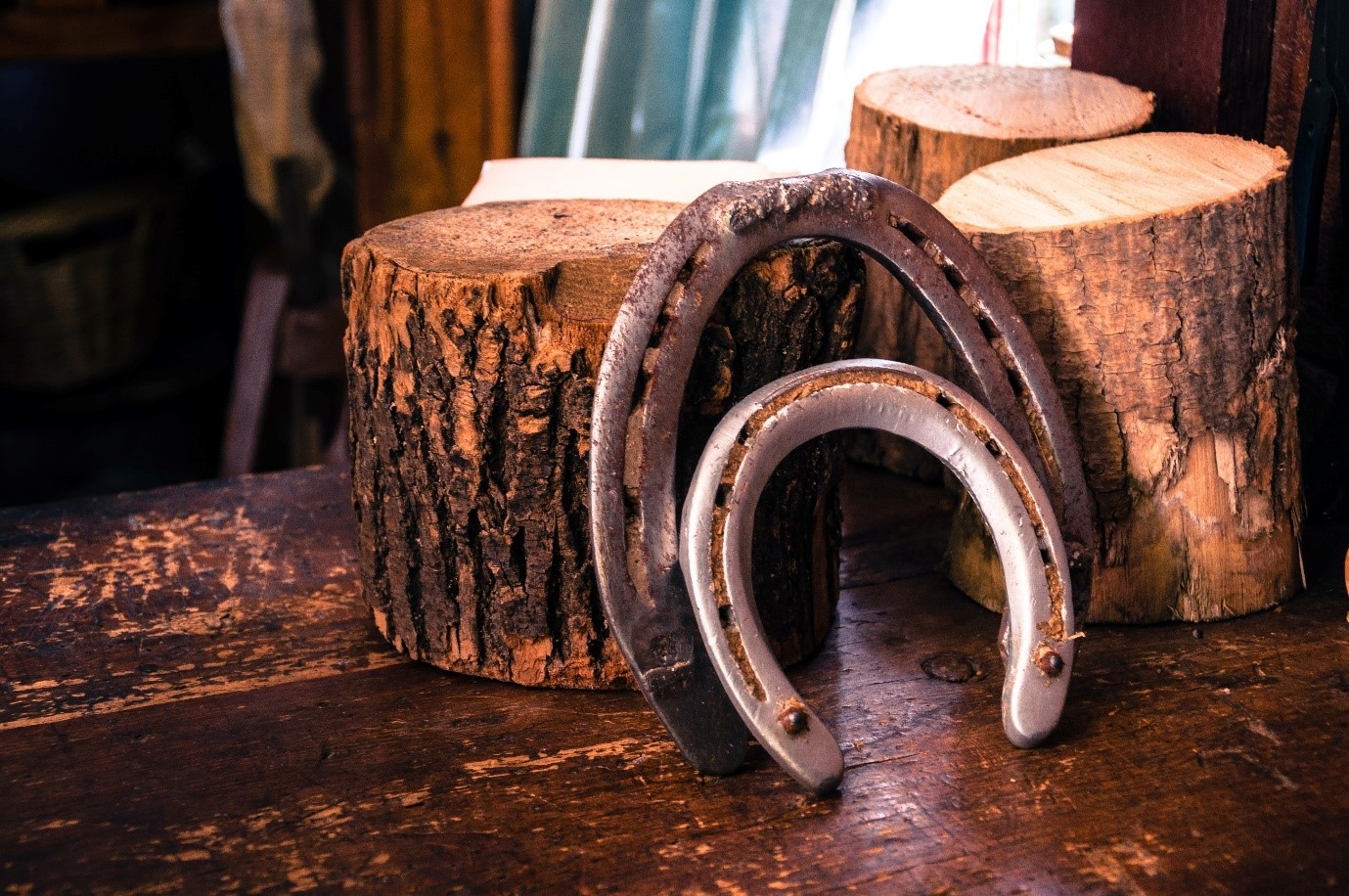
Observing a horse’s behavior and hoof condition is key to determining when it’s time for shoeing.
Signs a Horse Needs Shoeing
Some signs a horse needs shoeing include noticeable wear on the shoes, difficulty in walking, or changes in gait. A farrier can further assess and decide if the horse is due for new shoes or if adjustments are required.
Assessing Hoof Growth and Wear
Regularly assessing hoof growth and wear can prevent many hoof-related issues. A healthy hoof will grow at a consistent rate, and its wear should be even and gradual. When there’s an imbalance, it might be time for a trim or a new set of shoes.
Caring for Shod Horses
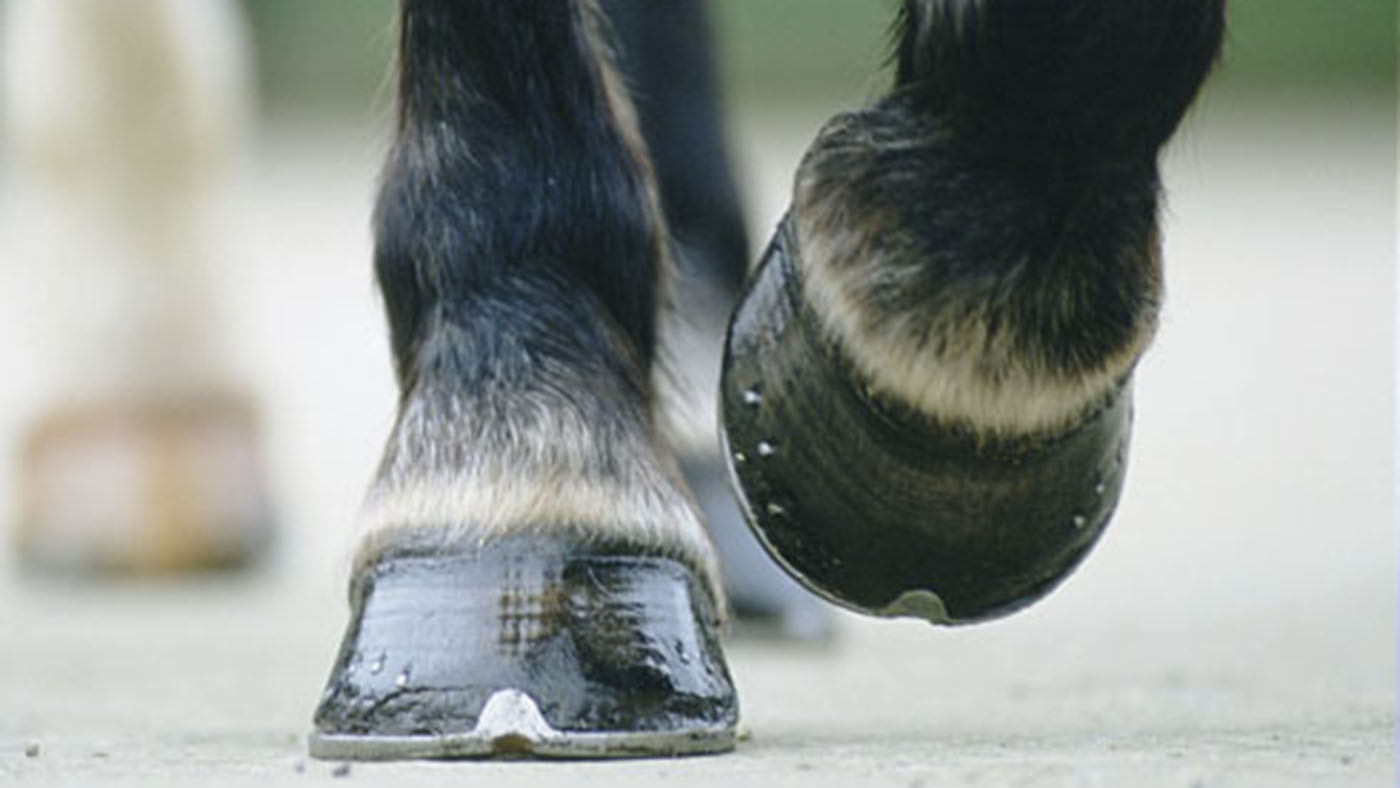
Once a horse is shod, the responsibility of the owner or caretaker to maintain the hoof’s health becomes even more critical.
Horse Hoof Trimming Fundamentals
Horse hoof trimming is the cornerstone of hoof care. It keeps the hooves in the correct shape and prevents overgrowth, which can lead to structural issues.
Regular Maintenance for Shod Hooves
Regular maintenance for shod hooves includes cleaning, monitoring for signs of wear or damage, and scheduling farrier visits in line with the horse’s needs. A proactive approach to hoof care can save time, money, and stress in the long run.
Choosing the Right Shoeing Approach
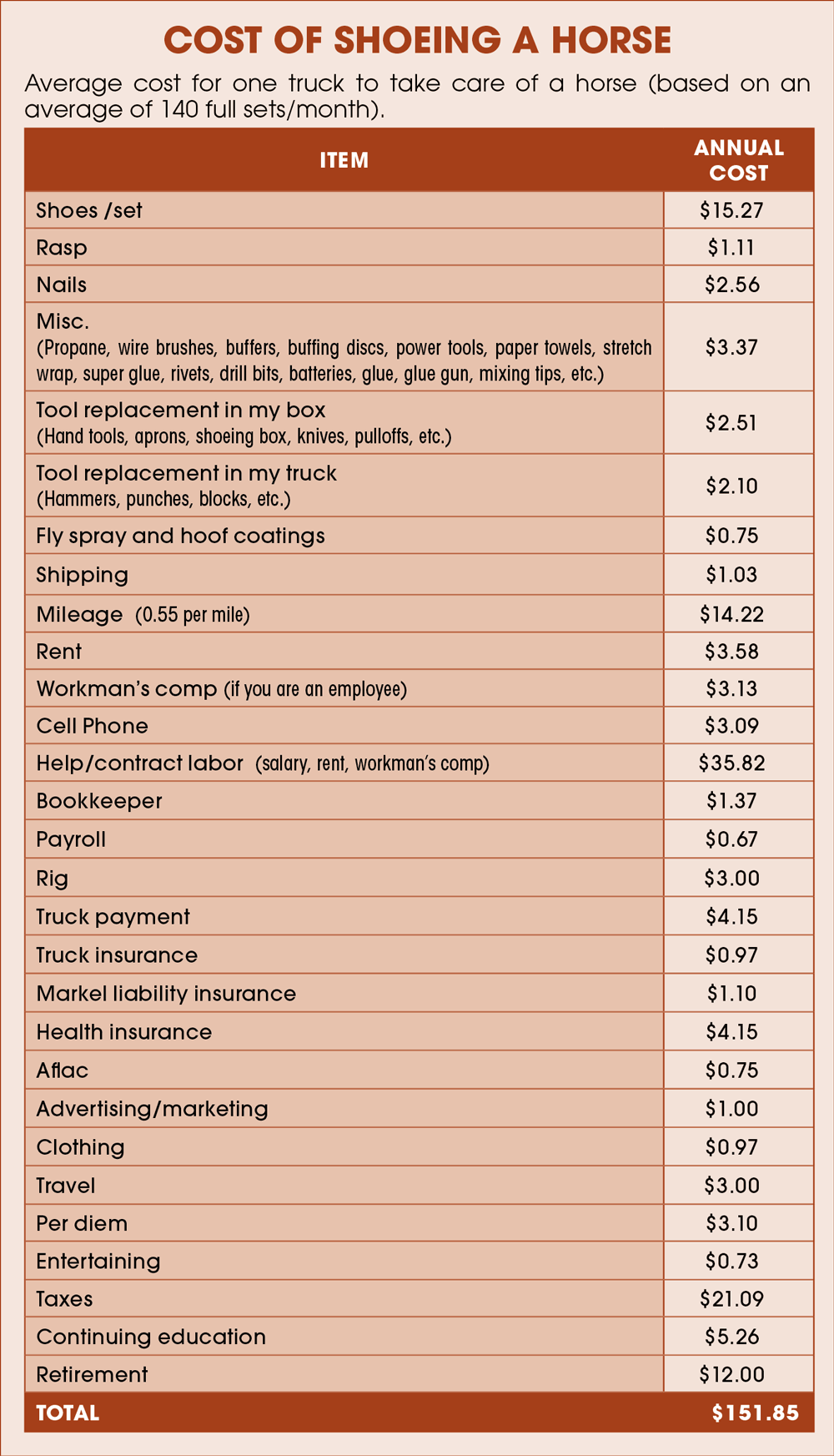
Every horse is unique, and the approach to shoeing should be tailored to the individual needs of each horse.
Customizing Shoeing to Individual Needs
Customizing shoeing to individual needs involves considering the horse’s activities, hoof shape, and any existing conditions. A well-fitted shoe can make a significant difference in a horse’s comfort and performance.
Alternatives to Traditional Horseshoes
While traditional metal horseshoes are common, there are alternatives such as hoof boots or glue-on shoes that can be suitable for certain situations. Exploring these options can offer solutions for horses with specific needs.
FAQs on Horse Shoeing and Hoof Care
Owners often have questions when it comes to hoof care and shoeing. Here are answers to some frequently asked queries.
How Often to Schedule a Farrier Visit
For optimal hoof health maintenance, scheduling a farrier visit every six to eight weeks is generally recommended. However, this can vary depending on the horse’s individual circumstances.
Cost Considerations for Horse Shoeing
The cost of horse shoeing can vary widely based on the region, the type of shoes, and the complexity of the horse’s hoof care needs. It’s essential to budget accordingly and discuss options with a trusted farrier.
When it comes to equine care, one of the essential aspects is understanding the needs of a horse’s hooves. If you’re curious about the farrier industry, you might be interested in learning about the earnings of these specialists in our article about how much a horse shoer makes. For horse owners or equine enthusiasts, it’s also crucial to know the frequency of shoeing required for the health and performance of a horse. To get more information on this, read our detailed guide on how often you should change a horse’s shoes. Additionally, if you’re fascinated by horse anatomy and want a deeper understanding of these magnificent creatures, take a look at our interesting piece on how many toes a horse has. Each of these articles provides valuable insights for anyone interested in equine health and care.
Conclusion: Ensuring the Best Care for Your Horse’s Hooves
Providing the best care for your horse’s hooves involves regular maintenance, understanding the signs that indicate shoeing is needed, and choosing the right shoeing schedule and approach. By staying attentive to hoof health, owners can ensure their horses stay happy, healthy, and ready for whatever the day brings.



